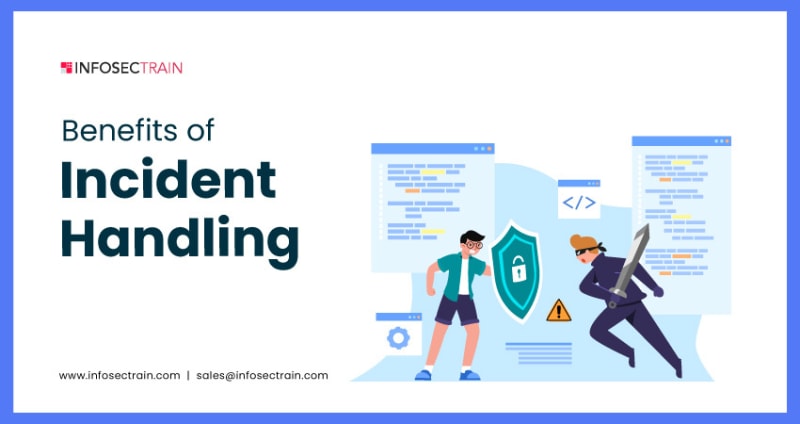A cybersecurity incident or a security breach can have far-reaching implications for a business, impacting its entire operations. Consequently, organizations are continuously striving to implement the most effective measures to safeguard their networks, systems, and data from such incidents. One crucial practice that aids in minimizing the impact of security incidents is incident response management. This comprehensive blog has been thoughtfully curated to highlight the numerous benefits associated with incident handling, shedding light on its importance in maintaining the security and stability of an organization.
What is an incident response?
Incident response is a systematic process for identifying, managing, and containing potential cyberattacks. It aims to reduce the impact caused by the data breach and recover the business operation for the future by implementing incident response actions for cybersecurity incidents.
The incident response plan is a set of instructions that includes specific directions for incident scenarios, minimizing the recovery time and cost and preventing further impact. A perfect incident response process enables organizations to mitigate cybersecurity incidents and vulnerabilities and helps to recover the affected systems.
Benefits of using incident response:
The following are the benefits of using incident response:
• Reduced downtime: Using incident response, organizations can identify and resolve security incidents in time, which helps to reduce business downtime. So the organization can restart the business operations quickly.
• Incident response readiness: The incident response team helps to understand the application architecture, cloud infrastructure, and database to strengthen incident response readiness.
• Maintains client's trust: Loss of data leads to loss of trust, and it is hard to regain the clients' trust. Incident response helps to recover the data quickly and maintains the client's confidence in the organization.
• Responder training: First responder training as a part of the incident response services helps to provide awareness of the evolving threats and best practices for handling cyberattacks.
• Periodic threat hunting: The incident response helps review system logs and generates a report on the system's status. The reports on network servers' security help identify system vulnerabilities and build a secure network.
• Enhanced communication: Incident response management enhances the communication between various teams and departments in the organization.
• Minimizes future incidents: Incident management helps identify the root cause of incidents, and the organization can prevent the same incidents in the future.
Why do we need incident response management?
Every system or network possesses inherent vulnerabilities, rendering them unsafe for organizations. Unexpected incidents can occur without any prior warning. In such circumstances, an incident response plan becomes invaluable in mitigating cybersecurity incidents and safeguarding against cyber threats. Regularly conducting active monitoring, threat detection, and threat analysis are critical tasks for organizations. The presence of a proficient team of threat detectors capable of managing security incidents, mitigating threats, and expediting recovery benefit the organization.
ECIH training with InfosecTrain
InfosecTrain is one of the best global training and consultancy platforms for all cybersecurity and information security domains. It offers an instructor-led training course on Certified Incident Handler v2 (ECIH) certification accredited by EC-Council. This course helps to understand incident handling and response concepts in-depth. To know more, check out and enroll now.



















